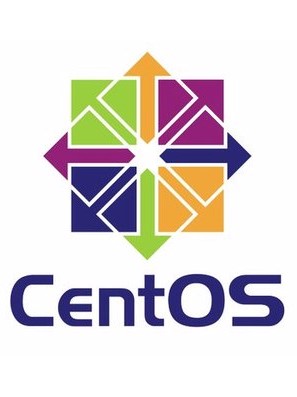CentOS 6.5 install from USB
Installing from USB worked for me. It seemed much more complicated than installing from DVD so if you have a choice, go with an ISO burned to a DVD.
I was making my USB image on Windows not Linux. So these comments are for Windows users in terms of preparing the USB image. The utility that worked well for me was "Rufus" from rufus.akeo.ie/ . NB: select an ISO like the Live CD which is significantly smaller than 4gb. I never got the full 4.2gb image to work.
NB : installing from LiveCD gives very different defaults than installing from the usual CentOS DVD #1. This is good or bad, depending on which defaults you want. The ones within LiveCD are tilted toward an active GUI end-user rather than a low-overhead server. The desktop is installed and started by default.
If you install from DVD and then want a desktop, install the GNOME Desktop package and then start it using
startx Re-using SATA drives that were previously part of a RAID setup
Extremely helpful! Necessary! How to Remove BIOS RAID Metadata from CentOS command line
Tip : load CentOS Live, get to a Terminal,
su After erasing the RAID metadaa and creating a Linux parttion on the drive, the CentOS installer was willing to use the disks for installation purposes.
Generating Passwords
I am a fan of GRC's password generator and Password Safe to remember everything.
Configuration, Setup of Firewall, Network, etc.
CentOS 6.5 has a "gui" that works from a command-line SSH connection. Just run setup to start it. That lets you configure the Firewall and much more. There are new features available, compared to earlier versions of CentOS, so if you have been frustrated setting up firewall rules in the past, try the new interface.
Firewall
Using additional custom rules is not as difficult as it first appears.
- Make an extra file in the iptables-save format, first. Example filename:
/etc/sysconfig/iptables_{servername}Just put in some comments starting with # symbol, to start with. - Run the setup program and when prompted for additional rules, you can add
as your extra file.ipv4 filter /etc/sysconfig/iptables_{servername} - Tip Every time you exit the Firewall utility by clicking [Ok] you will get to say [Yes] and the utility will do all the work of merging your extra rules into a nice spot in the total iptables file, writing it to disk properly, and restarting the firewall. If there are syntax errors, you will get a chance to read those messages and press Enter to continue. You do not need to click through all the Firewall options every time. Just use [Close] to get to the beginning, then [Ok] and [Yes].
Oracle VirtualBox
Still my favorite! Better and better. Using version 4.3.1 now.
Instructions: here
Preparation for headless install: here
VBoxHeadless --startvm "{MyVirtualMachineName}"or to avoid hanging your console, redirect the output to never never land and continue...
VBoxHeadless --startvm "{MyVirtualMachineName}" >/dev/null &Setup for remote desktop without vnc: here
Remember that the virtualbox users get their own group automatically: vboxusers
If you have an OVA to load, make it readable by the group.
chown root:vboxusers *.ova
chmodg+r *.ova
Shared folder between CentOS Host and Windows Guest
Do NOT use an underscore in the name of the shared folder because that will prevent write access to the directory!
Mounting a USB drive to transfer large VirtualBox OVA files
If your USB drive is in NTFS format because you use Windows with it, see this post for info on how to install NTFS support and then mount the drive.
yum install ntfs-3g Unmounting is easy, just remember the command is umount without the 'n'.
Remote Desktop
Standard, useful instructions: here
Use a non-standard port by changing one registry setting .
Open the RDP port on the GUEST O/S and in the HOST O/S.
Great simple overview
Using that second SATA drive
Partition it somehow. I use Boot-IT Bare Metal.
Create a file system so the space is usable: here .
FTP (vsftpd)
See my earlier post about VSFTPD on CentOS . Reminder: on the configuration of vsftpd.virtual, add crypt=hash to end of the auth and account lines.
Remember to make your SSL certificate...
To set the passive port range, in your /etc/vsftpd.conf add:
pasv_min_port=10000
pasv_max_port=10024
When loading the PAM database, use a .db file extension.
db_load -T -t hash -f vusers.txt vsftpd-virtual-user.db To see error messages, use
tail -f /var/log/secure 